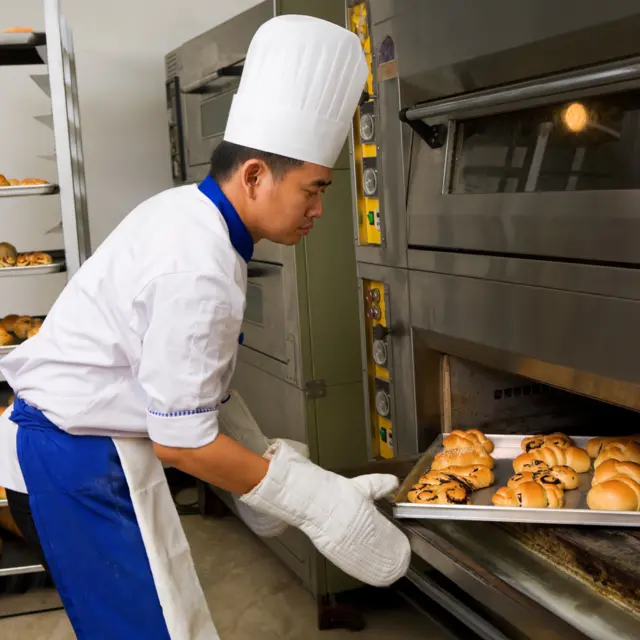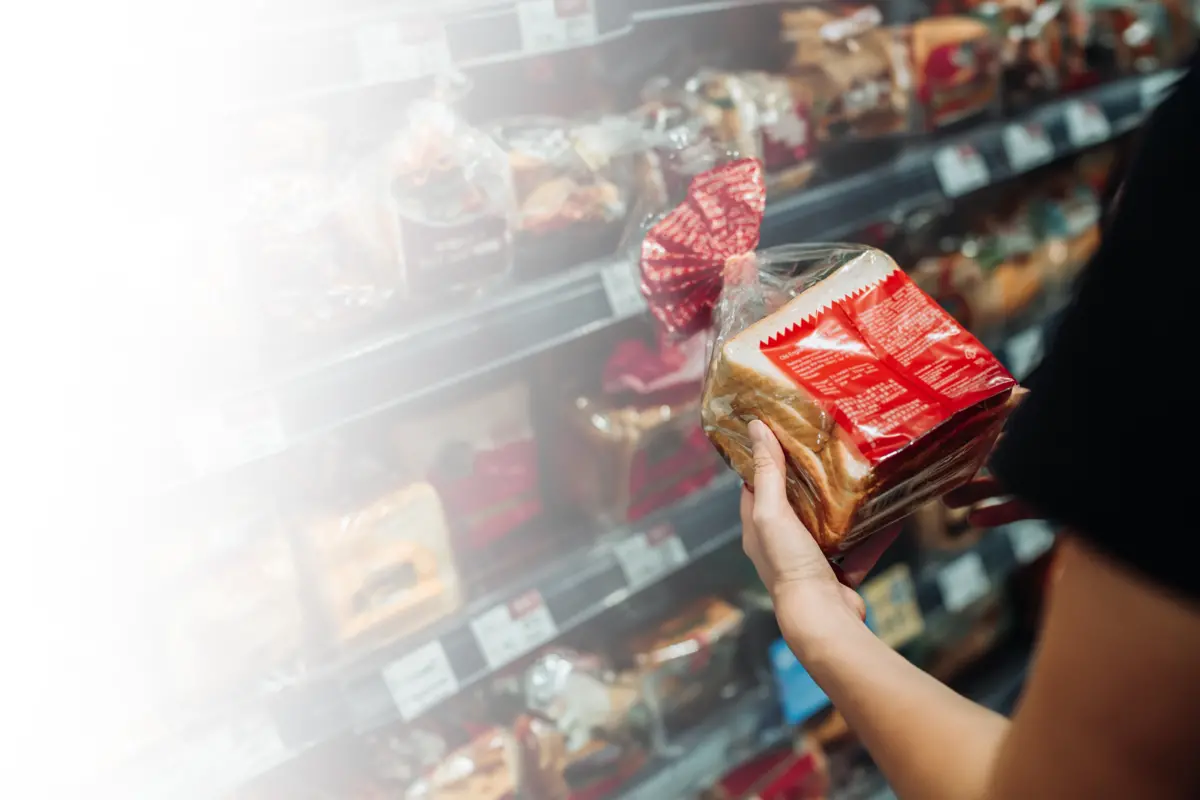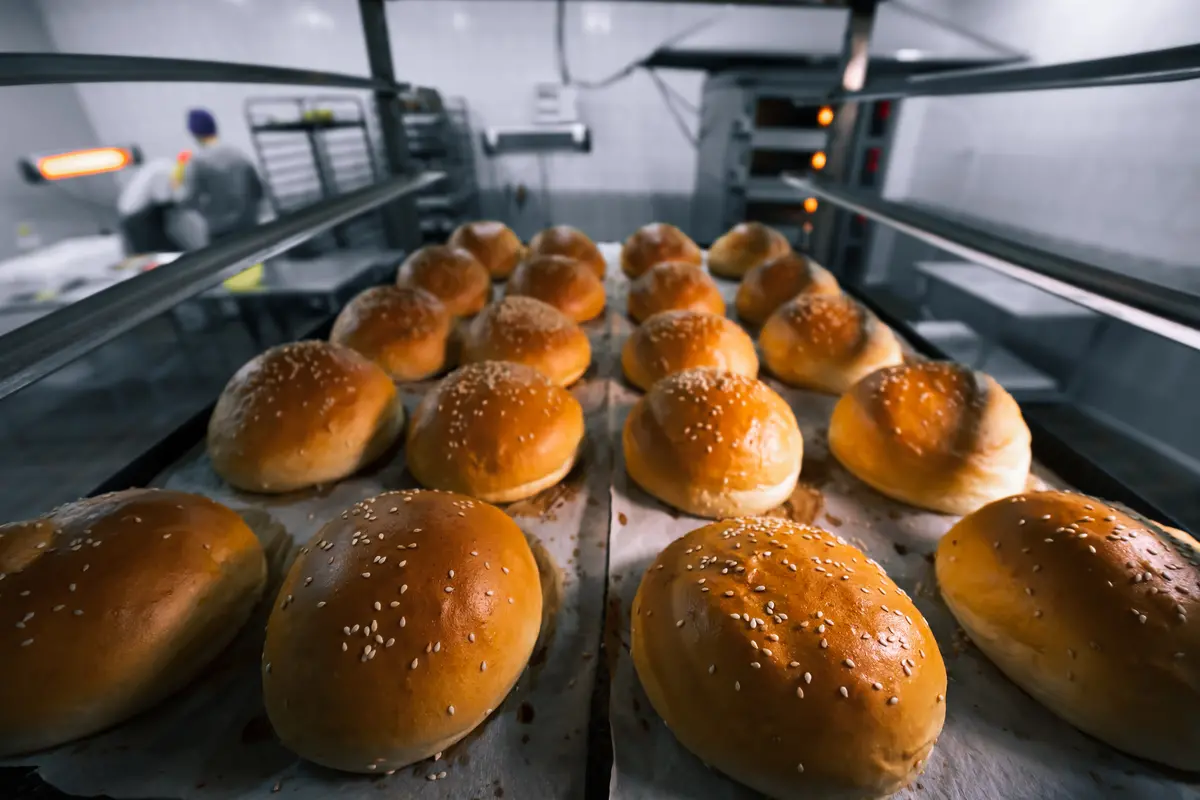What role does AV
play in baked goods?
In the production of baked goods, including bread, different oil and fat products like edible oil, butter, margarine, and emulsifiers are used as raw materials.
Besides these, factors such as process control and storage can influence the product's acid value. Given the logistical challenges faced by baked goods producers in distributing their products across large geographic regions such as China, maintaining product quality becomes essential.
Acid value helps assess the overall hygiene and quality of baked goods containing the aforementioned raw materials. Therefore, it serves as a key parameter in national standards for these products. As per China's national standard GB 7099-2015, the acid value of bread and pastry products should not exceed 5 mg/g. The standard also imposes limits on peroxide value as another indicator of oil/ fat oxidation.






